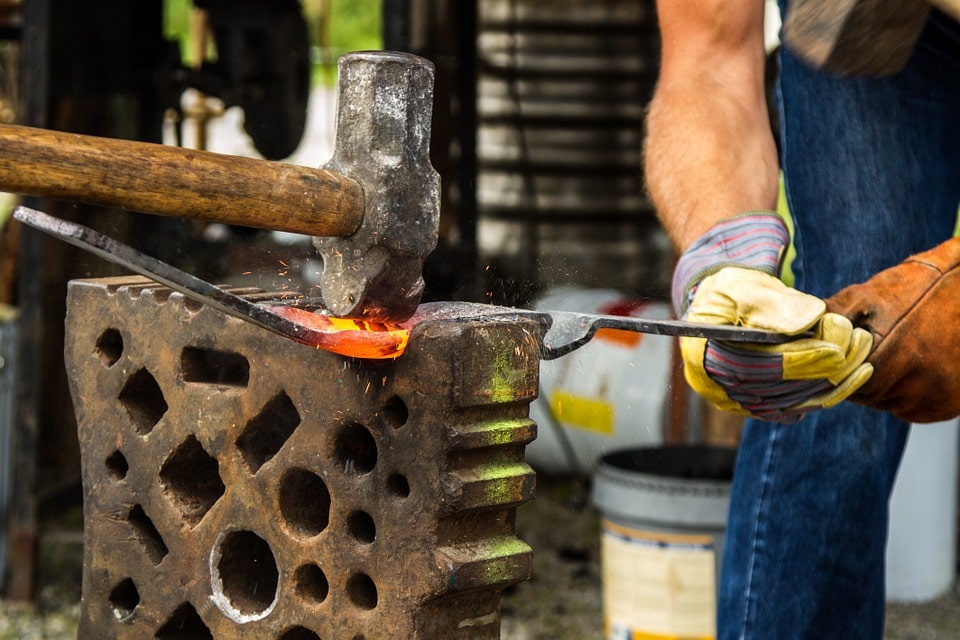
The forging industry has grown significantly over the years, with new forging techniques developed over time to increase the reliability, strength, and durability of the forged components.
The competition to provide the highest quality forging services has led to some impressive forging innovations. But even though the primary principles of metal forging remain unchanged.
There have been significant strides made in the industry, with the biggest drivers being the accelerated changes in technology, fluctuations in the market and economic conditions, an increase in customer demand, as well as increased intensity of global competition.
As a result, these are some of the best forging innovations
1. Radial Forging
Radial forging is the process through which there is the transfer of high forces through surface contact, resulting in the change in the diameter of the metal piece/ workpiece through deformation.
With the Radial forging machine, the rotation of the forged metal is through the use of an optimized and direct-controlled process with the use of the oscillating rotating drive for the manipulator.
This process is quite effective and is now gaining popularity, especially with the advent of electric vehicles. Radial forging is also called rotary swaging, and it takes from the older rotary swaging process.
2. Precision Forging
It represents the innovative manufacturing process used for near-net-shape production processes for high-performance components, and flashless.
Precision forging makes use of the finite element method/ FEM for the forming process, which ensures material flow computation of the forged metal material while also offering a realistic tool analysis for the forging/ computation process.
Thanks to the extremely high mechanical and thermal loads, as well as the detailed dimensioning of the raw parts, volumes are unique to precision forging.
One of the uses of precision forging is with magnesium alloys, where it is used for the manufacture of highly stressable components (near-net-shape components). Note that precision forging is one of the drops forging processes, and it is a flashless process.
3. Leading Forging Simulation
The other big innovation in the forging world is the use of robust forging simulation software applications. Thanks to the simulations, it’s easy to simulate the process before cutting of dies, ensuring the optimization of the materials and the processes.
4. Pre-forming Technologies
There are several pre-forming forgings for steel and aluminum forgings. These are divided into two other processes – the continuous pre-forming and the discontinuous pre-forming.
Continuous pre-forming involved the defined pe-shape of forgings in one forming movement. This continuous process is particularly important, especially for metals like aluminum, where the short processes involved make use of minimal cooling for the forging component, as well as higher cycle times.
Discontinuous pre-forming, on the other hand, features several preforming movements, and the typical forming equipment is the reducer roll.
The other pre-forming technologies include:
- Cross-roll forming, which uses the rotating movement of the metal piece being forged. The workpiece between the 2 vertically reciprocating plates/ flat dies or rotating rolls/ round dies, resulting in the rolling process contouring the metal using profiled tools. The forming speeds for either aluminum and steel are around 600mm/second.
- Reducer-roll forming will roll and lead the workpiece through the two rolls.
- Rolling pre-forming
- The use of presses as the pre-forming units










